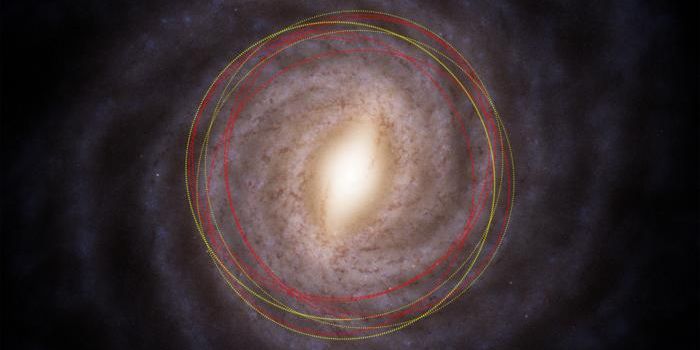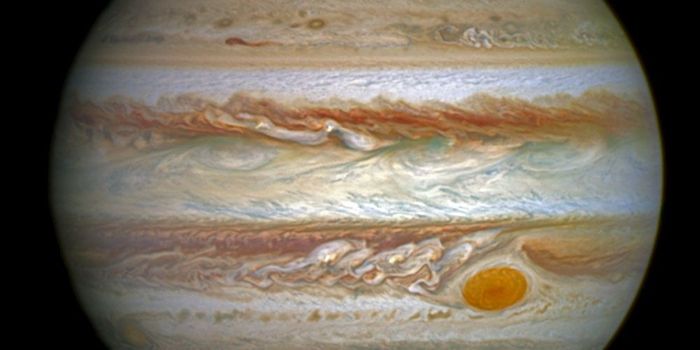Juno's Jupiter Orbit Insertion Successful, Reports NASA
Following all the hype has that led up to Juno’s arrival at Jupiter, NASA has announced a successful orbit insertion just this past 4th of July after a long journey lasting 5 years.

Image Credit: NASA/JPL-Caltech
After coming in close proximity of our solar system’s biggest gassy planet, Juno ignited its booster rockets, an ignition process that lasted a total of 35 minutes as the spacecraft attempted to adjust itself against Jupiter’s massive gravitational pull.
Following the burn, which completed at 11:53 P.M. EST, Juno stabilized itself and is now orbiting Jupiter, where it will now use its various kinds of on-board instrumentation to learn more about Jupiter.
Among the things we hope to learn from the Juno mission is information about the chemical composition of Jupiter’s atmosphere, investigate the presence of a solid core, analyze atmospheric pressure information, and even collect information about Jupiter’s magnetic field and auroras, among other things.
Learning more about it will help us better understand the gas giant and hopefully give scientists the data they need to know to find out how Jupiter came to be, and why it’s there. Information like this can help unlock the secrets to the formation of the solar system.
After the rockets ignited at 11:18 P.M. EST, NASA engineers were tuned in, attempting to tweak the behavior of the spacecraft for maximum stability.
“This is the one time I don’t mind being stuck in a windowless room on the night of the 4th of July,” said Scott Bolton, principal investigator of Juno from Southwest Research Institute in San Antonio. “The mission team did great. The spacecraft did great. We are looking great. It’s a great day.”
Some of the things that were changed included changing the direction the spacecraft was facing in order to aim the booster rocket correctly, and increasing the revolutions per minute from 2 to 5 so that the booster ignition would remain stable. NASA says the ignition burn slowed the spacecraft by 1212 miles per hour as it approached the planet.
After Juno was accepted into Jupiter’s atmosphere successfully, engineers then flipped Juno over again so that the solar panels faced the Sun, allowing all 18,698 solar panels to continue receiving power so that NASA could communicate with and utilize the probe.
Juno isn’t going on a full-fledged probing mission just yet. In coming months, NASA will spend time analyzing Juno to make sure that all nine of its sensory equipment are working correctly and that everything’s calibrated correctly so information can be collected.
Juno will orbit Jupiter 37 times across its expected service life of 20 months. Data collection will be in full swing starting this October, but we’ll still get some sneak peeks at information before then.
There's a lot to study about Jupiter, so stay tuned!
Source: NASA (1), (2)








